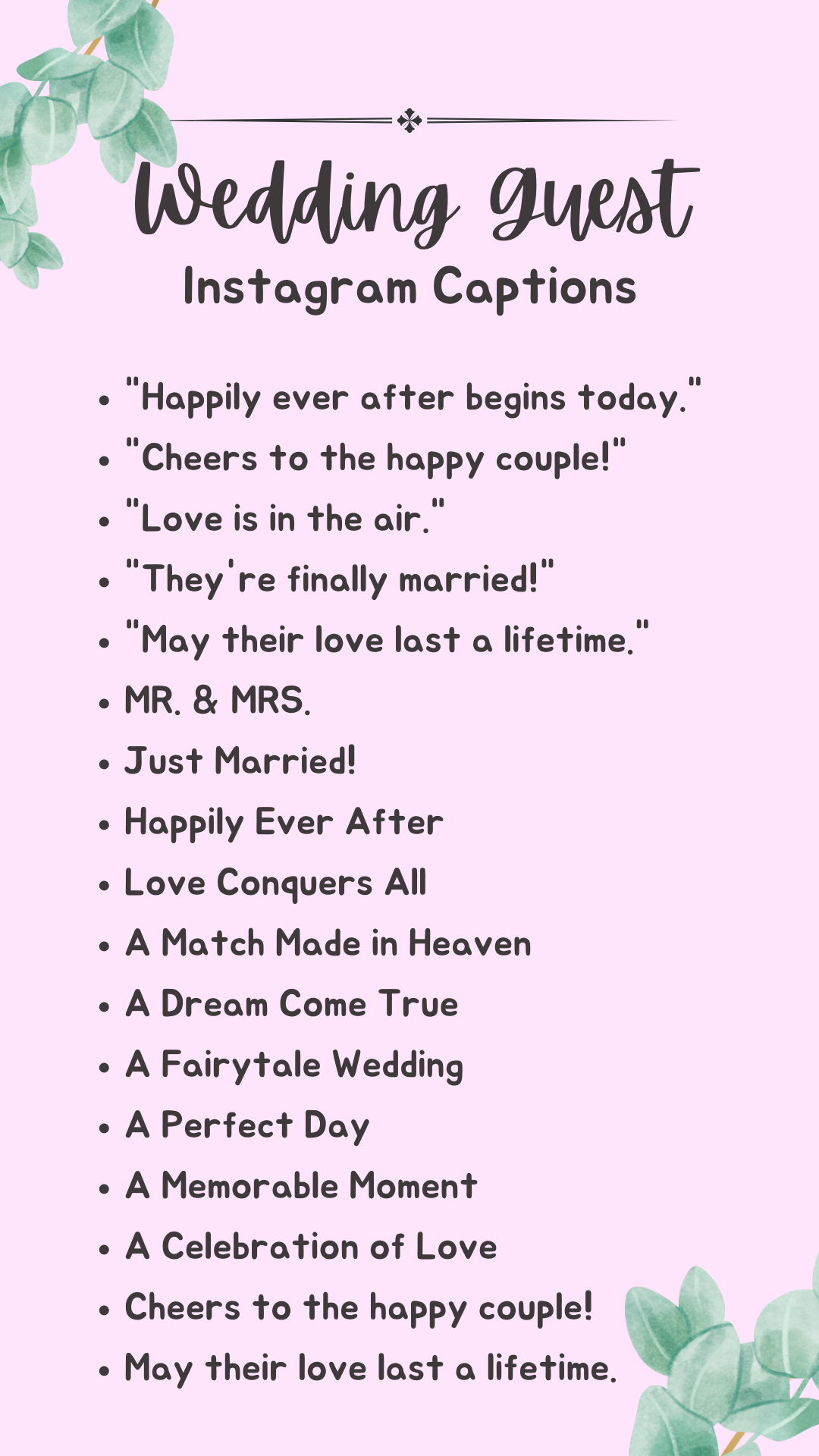7 Classic Slogans
The power of a well-crafted slogan can be immense, often becoming synonymous with the brand itself and transcending mere advertising to become a part of cultural lexicon. Let’s delve into the world of seven classic slogans that have not only stood the test of time but have also played a significant role in shaping their respective brands’ identities.
1. Nike - “Just Do It”
Introduced in 1988, “Just Do It” is one of the most recognizable slogans in the world. It was conceived by Dan Wieden, the co-founder of Wieden+Kennedy, Nike’s advertising agency at the time. The simplicity and universality of this slogan have made it a mantra for athletes and non-athletes alike, encouraging people to push past their limits and take action. “Just Do It” is more than a slogan; it’s a mindset that Nike has successfully embedded into popular culture.
2. De Beers - “A Diamond is Forever”
De Beers’ “A Diamond is Forever” campaign, launched in 1947 by N.W. Ayer, is a masterpiece of advertising that not only created an illusion of diamonds as a rare commodity but also tied the purchase of a diamond to the concept of everlasting love. This slogan redefined the diamond industry and created a perception that diamonds are a necessary symbol of engagement, thereby drastically increasing diamond sales. The campaign’s success can be attributed to its ability to create an emotional connection between the consumer and the product, turning what was once a luxury item into a perceived necessity.
3. L’Oréal - “Because You’re Worth It”
First introduced in 1971, “Because You’re Worth It” has been a cornerstone of L’Oréal’s branding strategy. This empowering slogan sends a message of self-worth and beauty, encouraging consumers to indulge in high-quality beauty products because they deserve the best. Over the years, the slogan has undergone slight modifications but has retained its core message, appealing to a wide range of audiences and becoming a symbol of female empowerment.
4. McDonald’s - “I’m Lovin’ It”
Launched in 2003, “I’m Lovin’ It” was designed to reposition McDonald’s as a brand that is fun, modern, and engaging. Created by Pharrell Williams and Tom Batoy from DDB Worldwide, this catchphrase was initially met with skepticism but eventually became a global phenomenon, symbolizing the joy and satisfaction associated with McDonald’s. The slogan’s success lies in its ability to transcend language barriers, making it a universally recognized branding element.
5. Coke - “Taste the Feeling”
While Coca-Cola has had numerous slogans over the years, “Taste the Feeling” (introduced in 2016) represents a shift towards experiential marketing, focusing on the emotional connections people make with the brand. This campaign aimed to unite Coke’s diverse product portfolio under a single brand idea, emphasizing the joy and happiness that comes from sharing moments with others over a Coke. The slogan’s emphasis on feeling over taste marked a significant departure from traditional advertising strategies, focusing more on the brand’s role in enhancing life’s moments.
6. KFC - “Finger Lickin’ Good”
This iconic slogan, first used in the 1950s, has been a mainstay of Kentucky Fried Chicken’s branding. “Finger Lickin’ Good” captures the essence of the Colonel’s secret recipe and the enjoyment of eating KFC’s fried chicken. The slogan’s simplicity and honesty about the product have contributed to its enduring popularity, making it one of the most recognizable slogans in the fast-food industry.
7. Apple - “Think Different”
Introduced in 1997, “Think Different” was more than a slogan; it was a call to action and a declaration of Apple’s values. Conceived by Rob Siltanen, the campaign featured black-and-white ads of historical figures known for their innovative thinking, such as Albert Einstein, Martin Luther King Jr., and Mahatma Gandhi. The slogan aimed to reposition Apple as the brand for innovators and outsiders, those who challenge the status quo. “Think Different” was a pivotal moment in Apple’s history, marking a return to the company’s roots of innovation and creativity.
Conclusion
Each of these slogans has become an integral part of their respective brands’ identities, contributing significantly to their recognition and loyalty. What sets these slogans apart is their ability to evoke emotions, create a sense of community, and positioned their brands as more than just products or services but as experiences or mindsets. In the world of advertising, where trends come and go, the longevity and impact of these classic slogans serve as a testament to the power of effective branding and the enduring connection between a well-crafted message and the consumer’s psyche.
FAQs
What makes a slogan truly effective?
+A truly effective slogan is one that resonates with the target audience, is memorable, and accurately represents the brand's values and uniqueness. It should also be simple, yet distinctive, to stand out in a crowded market.
Can a slogan alone guarantee a brand's success?
+No, a slogan alone cannot guarantee a brand's success. It is one element of a comprehensive branding and marketing strategy that includes product quality, customer service, marketing efforts, and more. However, a well-crafted slogan can significantly contribute to a brand's recognition and appeal.
How often should a brand change its slogan?
+There's no one-size-fits-all answer. Brands should change their slogans when there's a significant shift in their strategy, target audience, or when the current slogan no longer resonates with consumers. Some brands may never change their slogans if they remain effective and relevant over time.
Advanced Insights
The creation and success of these slogans highlight the importance of understanding the target audience, creating an emotional connection, and ensuring that the slogan aligns with the brand’s overall mission and values. For businesses and marketers, studying these classic slogans can provide invaluable insights into what makes a branding strategy successful and how to craft a message that resonates with consumers on a deep level. Whether it’s about evoking feelings of empowerment, promising a unique experience, or simply emphasizing quality, a well-designed slogan can be the key to unlocking a brand’s full potential and leaving a lasting impact on the market.
